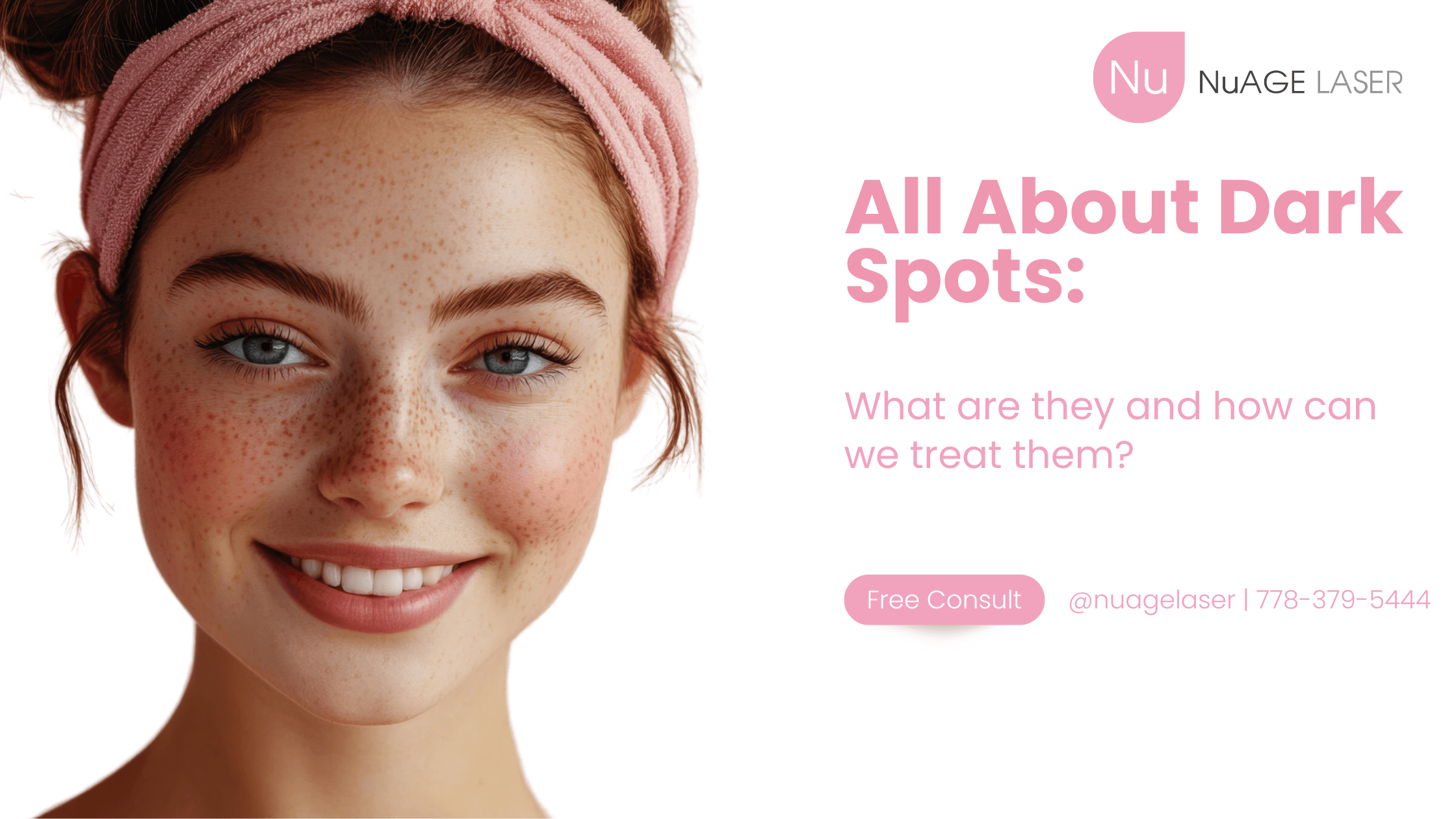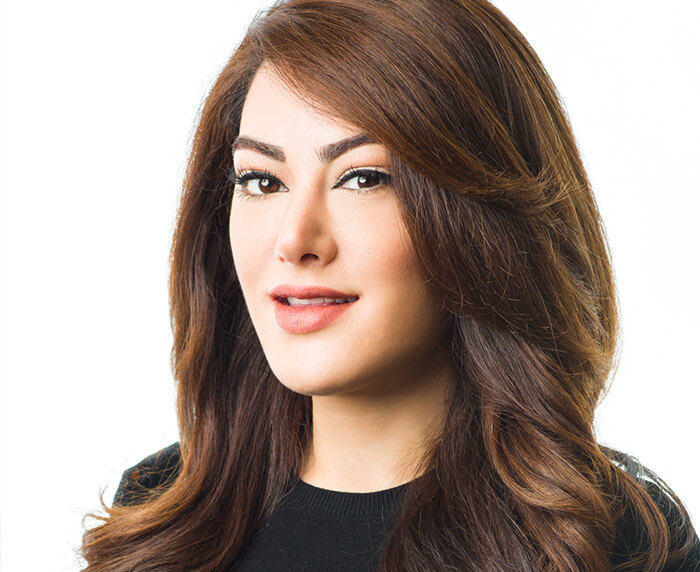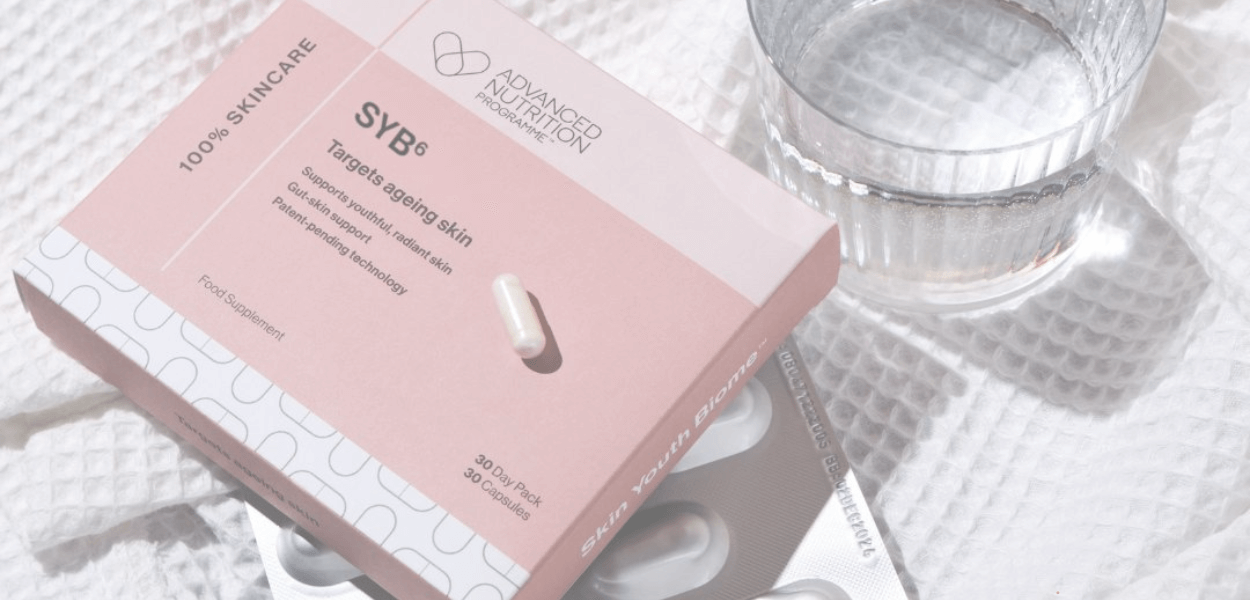
Introduction to Dark Spots:
Have you ever glanced in the mirror and noticed little brown or black patches that weren’t there before? Yep, those are dark spots, my friend, and they’re one of the most common skin complaints we hear about. Whether it’s from too much sun, acne scars, or just the natural process of aging, dark spots can sneak up on anyone. The good news? You don’t have to just “live with them.”
The trick is understanding what type of dark spots you have—because not all of them are the same. And if you know the type, you can choose the proper treatment (and skip the ones that don’t work).
So, let’s break it down: what causes complexion-clouding dark spots, the different types you might be dealing with, and the best treatments to clear them up.
What Are Dark Spots?
Dark spots, also known as hyperpigmentation, are areas of skin that appear darker than the surrounding skin tone. This happens when your skin produces too much melanin (the pigment that gives skin, eyes, and hair their colour).
Sometimes they’re temporary, like a spot left behind from a healing pimple. Other times, they can stick around for years (and even darken) if not treated, like sunspots or melasma.
The key takeaway? Not all dark spots are created equal. Each type has different triggers and treatments. The good news? We have treatment options for all skin tones and types!
Common Types of Dark Spots
Sunspots (Solar Lentigines)
These are the classic “vacation souvenirs” no one asked for. Sunspots are flat, brown patches that show up after years of sun exposure.
- Cause: Ultraviolet (UV) radiation triggers extra melanin production.
- Who Gets Them: Anyone who spends a lot of time outdoors without sun protection or a medical-grade Vitamin C in their skin care routine, especially fair-skinned people.
- Where They Appear: Face, shoulders, chest, arms, and hands, mostly.
Think of them as little reminders from your skin saying, “You should’ve worn SPF!” or “Why did we skip Vitamin C?!”
Melasma
This is a chronic and very common skin condition that causes dark, discoloured pigmentation patches.
- Cause: Melasma may also be called chloasma or “pregnancy mask,” as it is commonly triggered during pregnancy. All genders are prone to Melasma after hormonal changes or related medication. Estrogen and progesterone sensitivity are associated with the condition, meaning birth control, pregnancy, and hormone therapy can all trigger melasma. Stress and thyroid disease are also thought to be contributing factors to melasma. Since melasma is primarily considered to be hormonally induced pigmentation, until the hormones are balanced, the pigmentation will continue to fluctuate. This means, in some cases. The pigmentation may clear on its own, like in the case of pregnancy with birth control pills.
- Appearance: Large, symmetrical brown or grayish patches across the cheeks, forehead, or upper lip.
- Who Gets It: More common in women, especially those with medium to dark skin tones. However, anyone can experience it.
- Where It Appears: Most people will get melasma on their cheeks, bridge of the nose, forehead, chin and above their upper lip. Melasma may also appear on other parts of the body that get significant sun exposure, such as the forearms and neck.
Melasma can be stubborn, as it is an internal issue, and while treatments can lighten it, it often requires ongoing maintenance, medical-grade skin care and even supplements.
Post-Inflammatory Hyperpigmentation (PIH)
If you’ve ever picked at a pimple and regretted it later, you’ve likely dealt with PIH.
- Cause: Inflammation from acne, cuts, burns, eczema, or any skin trauma.
- Appearance: Flat dark spots that can range from light brown to black, depending on skin tone.
- Who Gets It: More common in deeper skin tones, since higher melanin levels react strongly to inflammation.
The silver lining? PIH often fades over time, but treatments can speed up the process.
Age Spots (Liver Spots)
Despite the name, they have nothing to do with your liver.
- Cause: Aging + accumulated sun exposure.
- Appearance: Small, flat, brown or black spots that look like freckles but don’t fade in winter.
- Where They Show Up: Hands, face, chest—basically anywhere that’s seen decades of sun.
They’re harmless but can be mistaken for more serious skin issues, so keep an eye on any changes or abnormalities.
Freckles
Freckles are technically a type of pigmentation, but they’re a little different from other dark spots.
- Cause: Genetics + sun exposure.
- Appearance: Small, flat, tan or light-brown spots that darken in summer and lighten in winter.
- Who Gets Them: Most common in fair-skinned people with red or blonde hair.
Unlike age spots, freckles often fade without treatment. We happen to love freckles, but totally understand if you don’t.
Lifestyle Factors That Worsen Dark Spots
Sun Exposure
UV rays are the number one culprit behind dark spots. Even if your dark spots come from acne or hormones, the sun makes them darker and more stubborn. Daily sunscreen and Vitamin C Serums with antioxidant protection are your best defence.
Hormonal Changes
Pregnancy, birth control pills, stress or menopause can trigger melasma or make existing dark spots more noticeable.
Skin Trauma
Ever pick at a pimple or scratch a bug bite? That irritation can leave behind PIH that lingers far longer than the original problem.
Melasma
Currently, there is no permanent solution for Melasma, as it is still unclear what causes the condition. The following are general triggers that can cause Melasma to bounce back and should be avoided as much as possible.
- Melasma is known to worsen and increase with sunlight exposure and heat
- IPL Technology (If you have Melasma, it’s best to stick to Microneedling or Clear + Brilliant Treatments).
- Other factors, such as lack of sleep, stress, and hormonal fluctuation, can cause it to darken. Narrowing it down to what may cause the Melasma to return is tough.
- Medication – ask your Doc.
- Inflammatory foods include coffee, alcohol, spicy foods, and the nightshade family of plants (Tomato, Potato, Eggplant).
Treatment Options for Dark Spots
Medical-Grade Skin Care & Supplements
Some dark spots respond well to consistent use of topical and/or oral products. Popular ingredients include:
- Vitamin C: A powerful antioxidant that brightens skin and evens out tone. Make sure it’s Medical Grade!
- Retinoids (Retinol, Tretinoin): Boost cell turnover, helping fade spots faster.
- Hydroquinone: A skin-lightening agent (best used under a dermatologist’s supervision).
- Supplements: Our skin is a two-sided organ. If you only treat the outside, you’re only doing half the job.
The key here is patience—most treatments take 8–12 weeks to show noticeable results. And you may need anywhere between 3-8 treatments based on your individual needs.
NuAGE Treatments
For stubborn dark spots, we offer advanced solutions:
- IPL for Dark Spots: Targets pigment directly, breaking it up for the body to absorb. As this is a pigment-obsessed laser, it cannot be used on deeper skin tones.
- Microneedling: Stimulates collagen and can reduce PIH, dark spots and melasma when combined with medical-grade skin care. Great for all skin tones!
- Clear + Brilliant: helps the skin produce a cascade of new skin cells in a short period of time. As new skin travels up to the surface, it will naturally push out damaged cells, resulting in new, clear and brilliant skin. This treatment also loves all skin tones.
Lifestyle Adjustments
Sometimes it’s not just about what you put on your skin, but how you treat your body overall.
- Sun Protection: Medical-grade Vitamin C, Daily SPF 30 or higher, skin-saving supplements with a meal, wide-brim hats, and shade whenever possible.
- Diet & Hydration: Antioxidant-rich foods (like berries and leafy greens) can support skin health.
- Stress Management: Stress hormones can worsen pigmentation issues like melasma.
Preventing Dark Spots Before They Appear
Prevention is always better than treatment. Here are some daily habits to protect your skin:
- Wear sunscreen every single day (yes, even when it’s cloudy). Don’t forget to reapply.
- Use skincare with antioxidants like Vitamin C, which you should do every day, if not twice a day.
- Avoid picking at pimples or scabs.
- Stick to a gentle, consistent skincare routine.
Think of it like insurance for your skin—it pays off long-term.
Myths About Dark Spots
Let’s clear up some common misconceptions:
- Myth: Dark spots always mean liver problems.
- Truth: Age spots have nothing to do with your liver.
- Myth: Home remedies work instantly.
- Truth: Even strong treatments take weeks, not days.
- Myth: Only fair skin gets pigmentation.
- Truth: All skin tones can develop dark spots, though they may look different.
When to See Your Doctor or Dermatologist
While most dark spots are harmless, there are times you should get them checked:
- If a spot changes size, shape, or colour.
- If you want stronger treatments, such as prescription creams, you may need to consult a dermatologist.
- If the dark spots are moles or birthmarks… We can’t treat those.
Conclusion
Dark spots may be common, but they don’t have to be permanent. From sunspots and melasma to post-acne marks and age spots, each type has unique causes—and treatments that work best for them.
Remember, treating dark spots is a marathon, not a sprint. With consistent skincare, smart sun habits, and maybe some professional help, you can achieve a brighter, more even complexion.
So, don’t lose hope—your skin can absolutely bounce back.
FAQs
- Can dark spots go away naturally without treatment?
Yes, some types, like post-inflammatory hyperpigmentation, may fade on their own, but it can take months or even years. - How long does it take to see results from treatments?
Most topical treatments take at least 8–12 weeks to show visible improvement. - Are dark spots permanent?
Not always. With the proper treatment, many dark spots can be significantly reduced or completely fade. - Can diet influence dark spot formation?
Yes, a diet high in antioxidants can help protect your skin, while excess sugar and processed foods may worsen inflammation. - Is laser treatment safe for all skin tones?
Yes, but it’s essential to choose the right type of laser (Clear + Brilliant). Although IPL sounds interesting, it’s not for everyone.
Don’t let dark spots dull your sparkle. Book a complimentary skin health consultation today!



